Amarillo



The City of Amarillo Department of Public Health (COADPH) is a local health department within the charter of the City of Amarillo, a local governmental entity authorized in Texas statutes. COADPH has the primary responsibilities of providing essential public health services, as outlined in statute, for Potter and Randall counties, as well as most of the municipal entities contained within them.
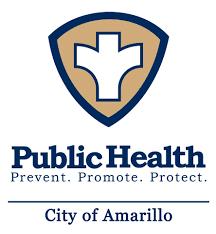
The department provides traditional services of a local public health agency:
• Immunizations and provider development
• Tuberculosis clinic, testing, treatment and outbreak investigations
• STD/STI clinic services, as well as community outreach
• Public health preparedness activities
• Epidemiological investigations with disease reporting responsibilities
• Community health planning
• Medicaid innovation programming
• Refugee resettlement screening clinic
• Hansen’s disease clinic services
• Ad hoc public health issues, such as emerging infectious diseases, increasing opioid reporting and others
COADPH has one location, in the northern part of Amarillo, centered in underserved neighborhoods. The department has 36 full-time staff members and a budget of $3.7 million.

Governance of the COADPH is achieved within the city governmental structure. COADPH is a department within the incorporated city itself, with leadership and management provided by the Mayor, City Council and the appointed City Manager. The Director is appointed by the City Manager and fills the role of the local health officer. The Council hires and appoints the local Health Authority, the primary medical officer for the jurisdiction. The Director of Public Health reports to the Assistant City Manager for Community Services.
The City of Amarillo also administers the Amarillo Bi-City County Health District Board of Health, the board that guides the public health services and recommends policy to the Amarillo City Council. The city has executed a memorandum of understanding with other jurisdictions, as well as both Randall and Potter counties. This MOU authorizes the city and the COADPH, to fulfill the role of the local public health agency to assess, enact and enforce local public health ordinances.
The Board of Health and city management both expect the local health agency to meet and exceed its obligations, both statutory and community-driven. As such, both entities have enthusiastically supported accreditation application by COADPH. As part of the accreditation process, a strategic plan, community health assessment and community health improvement plan are all required. These plans, while required by the accrediting body, are efforts that COADPH fully embraced and has achieved for the first time in agency history. This marks the first time that the local health department has performed all three planning efforts – and has engaged the community in doing so.
The City of Amarillo Department of Public Health (COADPH) began a comprehensive strategic planning effort in the summer/fall of 2018. This effort was designed, from inception, to quantify and qualify the work of COADPH into a cogent, concise strategic framework. This process was required to accurately describe the important work that is present and chart a future course with achievable goals, objectives and outcomes.
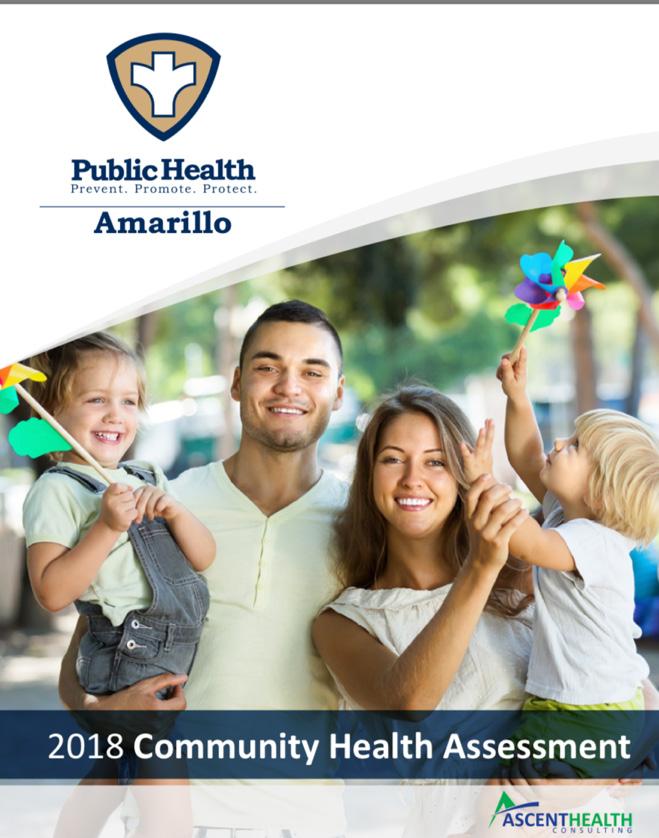
It was also of paramount importance to include the City of Amarillo’s strategic directions and integrate the City Council’s planning efforts into this process. The COADPH goals must adhere to the strategic direction of the City, as well as describing the departmental and public health sector strategy for the community. COADPH concurrently created the strategic plan while coordinating and facilitating the community health improvement plan (CHIP) for the Amarillo area. This concurrent effort helped the department clearly describe and engage community partners to pursue external and interagency agendas and goals. Internal goals and departmental improvement were more clearly directed to the strategic planning process for the local health agency.
Each process began with the results of the community health assessment (CHA) that was completed in the summer of 2018. The CHA results informed the conversations and deliberations within the strategic planning efforts. The CHA was referenced and cited in several discussions within the CHIP Summit as a guiding foundation of data.
The CHA consisted of telephone surveys of randomly selected participants in Potter and Randall counties; a key informant survey of thought leaders; focus groups of patients, clients and professionals; and a community data scan summarizing available secondary data on health trends in the community.
The CHA provided the data points that were highlighted in each of the plans created, both the CHIP and strategic plan. The departmental goals and community health improvement goals reflect the areas of concern found within the CHA summary. Those areas of concern described external community weaknesses that require partnership, collaboration and ultimately the collective impact of community organizations outside of COADPH. Similarly, the CHA described some areas of concern and health trends that are traditionally under the authority and purview of a local public health agency. These goals are reflected in the strategic plan for COADPH. Naturally, some goals overlap as described in the strategic planning guide published by the National Association of County and City Officials (NACCHO) (see figure next page). We see that the strategic plan, the community health improvement plan, and the quality improvement plan all play an integral part in the provision of public health services. We also see how some goals interact and overlap—this is intended and illustrates cohesion and integration.
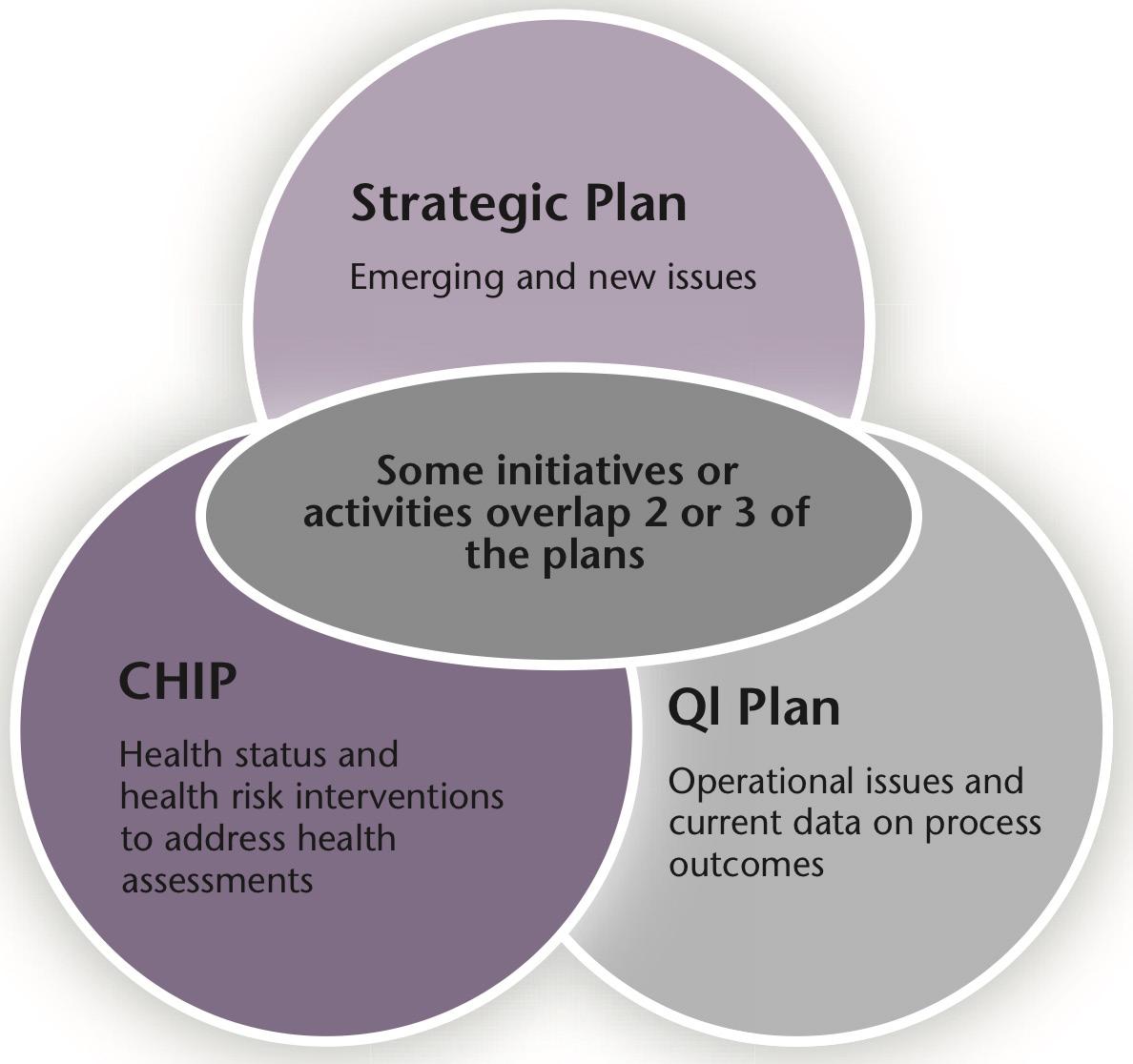
Values are a part of every organization. Whether stated or implied, values inform the work and how it is accomplished. As such, values are important to articulate and memorialize. Stated values give a lasting impression, a vision of what people within an organization believe and how they perform their work.
The COADPH staff was surveyed using a SurveyMonkey emailed instrument that queried them regarding the values they viewed most meaningful to describe the organization. Staff was instructed to select the terms that illustrated the core, foundational values either being experienced or aspirational terms for future direction. Terms were identified by COADPH leadership as potential values, and the staff voted on their top selections. Those votes were tallied and the terms with the most votes were selected as the values. During the strategic planning event, staff members voiced enthusiastic support for the process and results of the values survey.
The values that define COADPH’s work are:
These statements inform the work of COADPH and craft a direction for the facilitation of community health planning. Promoting and protecting health, while viewing work through the lens of equity, is the missional and visionary focus of the local health department. These strategic views complement the investigation and community conversation around the identified areas of concern from the community health assessment and dovetail into the COADPH responsibilities within the community health improvement plan.
Promoting
and protecting health while preventing disease with integrity and compassion for our community.
We believe in equitable health for all.
The promotion and protection of the public’s health is a foundational essential public health service, noted specifically in the NACCHO and the COADPH logos. Those concepts are memorialized not just in the graphical format of the logo, but in the mission statement for the department.
The vision statement is aspirational and specific. Health equity is an important concept in public health and describes a reality where optimal health services and opportunities are not only available to all but designed to prioritize the underserved. These populations require and deserve a standard of wellness not dictated by social determinants, gender, age, race or other factors, but only as community members. The staff of COADPH believe and envision this future reality.
COADPH closed the office and held a two-day retreat to work on crafting and refining the mission and vision statements, as well as participating in a facilitated SWOT analysis exercise. This retreat was attended by more than 90% of the staff members and represented unprecedented engagement and enthusiasm for the strategic process. Team members were open and focused on the visioning process for the department and for public health practice application in the Amarillo area.
The strengths, weaknesses, opportunities and threats exercise was facilitated at the strategic planning retreat and included the majority of COADPH staff. The teamwork and focus of the event demonstrated the dedication and willingness of team members to objectively consider environmental factors, both internal and external, that impact the provision of local public health services.
The SWOT analysis began with dividing the staff into several groups to consider and discuss the internal and external challenges for COADPH. Staff members were grouped informally into different job types and classifications for this exercise to minimize the potential of occupational bias and reduce some of the potentially repetitive topics from programs. It is important to note that team members were encouraged to be frank, truthful and to report their opinions with honesty, without the fear of retaliation from supervisors or leadership.
Facilitators asked questions to spur discussion around strengths and internal successes, weaknesses of the department in the current environment, opportunities for improvement and threats to future endeavors. These questions created rich collaboration and the results are reported here with minimal editing for clarity.
• Resources – anything we need
• Excellent customer service
• Knowledgeable
• Teamwork – cover for each other
• Positive attitude
• Cooperation
• Leadership – from top to bottom
• Tolerance – non-judgmental
• Communication
• Accessibility – we go to people
• Compassion, caring, empathy
• Respect
• Accommodate hours and language
• Affordable
• Education – knowledge informs other agencies
• Cross-training – teamwork
• Unity
• Thinking outside the box
• Bond with co-workers
• Thorough documentation
• Confidentiality
• Mobile unit – difference in community
• Adaptability
• Loyalty vs. positivity
• Empathy – gain trust, build relationship
• See patient as whole person
• Good patient case management – above and beyond
• Persistent in follow-through
• Patient comes first
• Work with community partners
• Our willingness to learn – provide education to patients
• Build community – good customer service
• Ask for help – work as a team
• Patient leaves feeling confident in us
• Caring – case management outside scope
• Service-oriented – shots to large families
• Diverse group of patients
• Knowledge/education – resource for public
• Outcome based – CD N/L
• Collaborating with partners and outreach
• Diverse staff – helps with patients
• Flexible with time we spend with patients
• Communication with patients and providers
• Humor – we have fun
• Outreach
• Culturally competent
• Linkage to care
• Detailed documentation
• Patient and friendly
• “Above and Beyond”
• Expertise
• Outcome-based reporting
• Coordinated
• Passionate
• Compassionate
• Provider relationships
• Available resources
• Public misunderstanding – about what we do
• Communications internally not always passed along
• Hours of operation
◦ Limits working poor
◦ Only one Tuesday/month till 8 pm
• Good working relationship with providers, but sometimes they won’t listen to what we say
• Our community doesn’t support all initiatives – like STD clinic
• Political barriers
• More education and cross-training
• Language barriers
• Real and perceived limitations
• Disease stigma – some providers not looking for and don’t know how to handle
• Lack of coordinated effort, siloed effort
• Teen health initiatives not working well together
• After-hours service
• Problems with state clearance and lab errors
• Grant restraints
• Regulation
• Providers’ negativity
• Favoritism/cliques
• Money over people
• Lack of training
• High turnover – although much less than previously
• Dishonesty – people don’t tell us the truth in investigations
• Lack of communication
• Divisions of programs
• Not knowing where mobile clinic is
• Compensation
• Lack of advancement opportunities
• Over-extended
• Hours of operations – we advertise hours when we are not providing services
• Inconsistent program operations
◦ No consequences for not using computer sign-out sheet
• External and internal communications still siloed
◦ Don’t know about events they might want to be a part of
• Very bad at doing new things in new ways – don’t try to improve
• More money to offer more services
• Inaccurate public preparation of what we do and people have no idea about services
• Difficult to find time for accreditation
• No time for additional work
• No room to expand
• EMR billing
• Lack of data and reporting
• Insurance concerns
• Lack of respect for facilities and equipment
• Do an open house for community (city) and one for educating community on what we do
• Lobby – list of upcoming events
• Navigator – ties together all departments – supplement case managers
• Much larger building with clinical area or another building in another part of town
• Once a month Saturday hours
• Consistent hours of operations – do all things at the same time
• Social media
• More marketing effort
• Additional training
• Develop more relationships – academic, religious, AISD
• Achieve accreditation
• Provider outreach/grand rounds
• Increase social media access – snapchat, dating sites, etc.
• More marketing opportunities – media – free PSAs
• More external training opportunities for staff
• Get more marketing assistance
• Culture-oriented outreach
• Saturday clinic
• Invite providers or make provider visits to tell expectations of reporting
• Find out about provider meetings and invite ourselves to speak there
• Communicate internally with all employees
• If employees want to do community service – facilitate it
• Community health workers and how to use EMRs
• Best practices – national models
• Education to community about diseases and what we do
• Education to providers and nurses
• Increased sex education
• Community health workers programs
• Connecting partnerships
• External grants
• Program expansion
• Education on disease and procedures
• Need additional resources on “north side”
• Chronic disease programs
• Multidisciplinary coordination across various topics
• Becoming “Chief Health Strategist”
• Rules made by people who don’t do the work
• DSHS has a big clinic here
• Grant funding down
• Lack of qualified workforce
• Misinformation
• Loss of employment
• Lack of safety
• Mental health
• Change
• Lack of transportation
• Lawsuits
• Lack of education and training
• State
• Clientele
• Neighborhoods
• Technology
• Natural disasters
• Money
• Loss of funding
• Disease exposure
• Lack of community buy-in
• No one wants to be in charge of change
• Turn-over – reduces institutional knowledge and memory
• Time constraints
• Apathy in community
• Political climate
• Staffing shortage
• Delayed outcome
• Too “out of the box”
• Fear of failure – marathon not a sprint
• Willingness to change
• Funding approved by Council – reflection of community priorities
• Misinformation – Example: Anti-vaxxers
The COADPH staff used the CHA to inform them of the community health trends while contrasting that information with the SWOT analysis results. The combined review of both the CHA and the SWOT highlighted, simultaneously, areas of concern with health trends while systematically reviewing the internal and external factors that could help or hinder the strategic process. This combined effort represents the culmination of hard work and intense review of available data.
Staff members spent several weeks in meetings to discuss the progress of the goal-setting steps in the strategic process. Potential goals were refined to reflect both the realities described in the data with the internal and external factors affecting the strategic direction for the next few years for COADPH.
On the following page, NACCHO provides a graphical description of the process that considers the CHA, mission/ vision/values and a SWOT analysis.
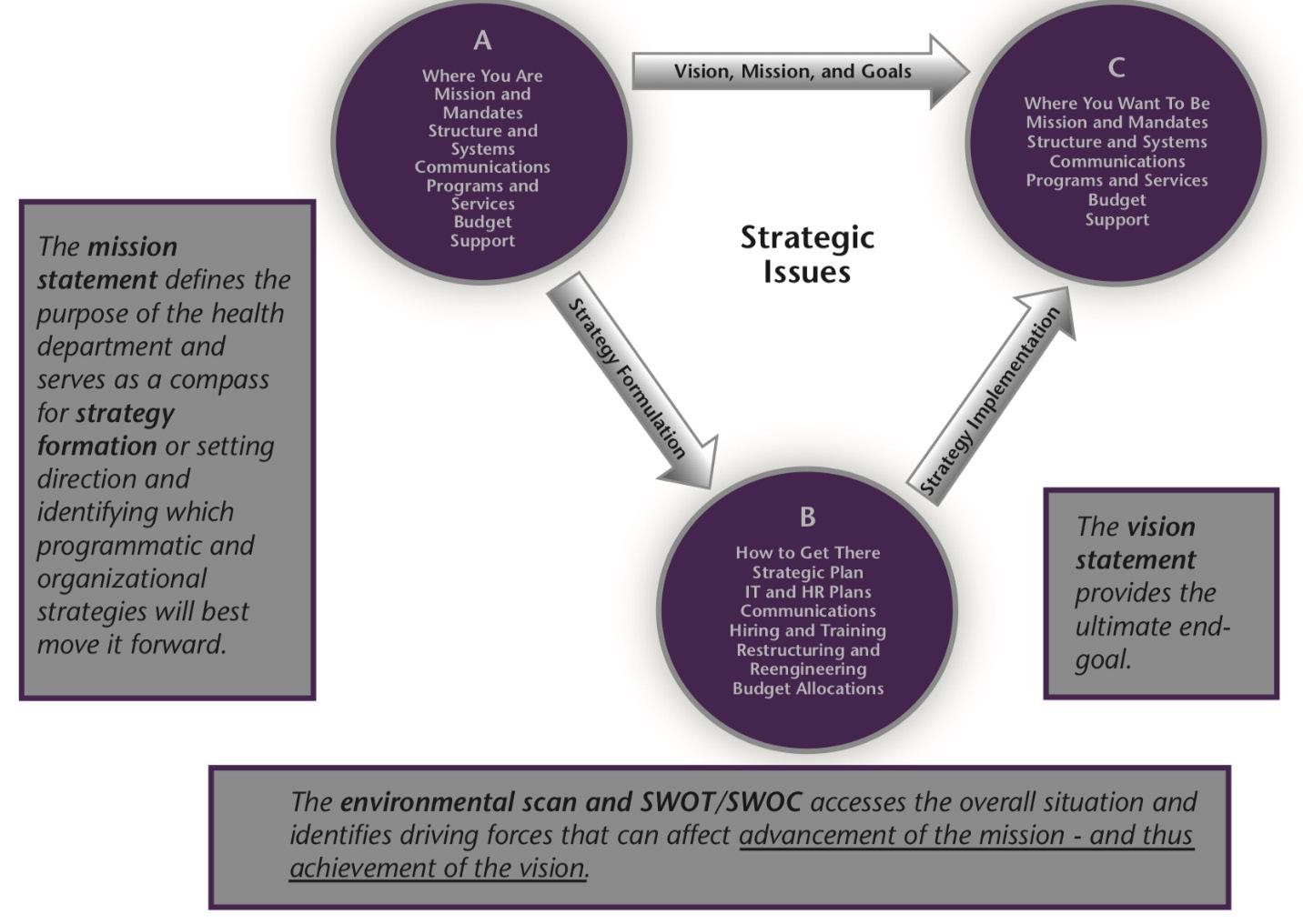
This graphic illustrates the intended cohesion of the mission/vision/values, SWOT analysis and the goal formulation exercises for strategic planning. But the work does not stop there, and certainly does not end with the creation and adoption of a formal strategic plan. Objectives, activities and outcomes are the natural result of a formal strategy and should bear fruit in the form of public health interventions.
1.1 Implement alternative satisfaction survey options.
1.2 Explore opportunities to gather consumer input to refine clinic operations.
1.3 Recognize the provision of outstanding customer service.
2.1 Focus and engage community partners to combat obesity. 2.1.1 Identify community partners
2.1.2 Collaborate to achieve partners’ stated goals
2.1.3 Seek grant opportunities for partners, as well as Amarillo Public Health
2.2 Focus and engage community partners to combat diabetes.
Identify community partners
Collaborate to achieve partners’ stated goals
Seek grant opportunities for partners, as well as Amarillo Public Health
2.3 Focus and engage community partners to explore solutions for tobacco use and reduction. 2.3.1 Identify community partners 2.3.2 Collaborate to achieve partners’ stated goals
Seek
opportunities for partners, as well as Amarillo Public Health
2.4 Focus and engage community partners to empower families by enhancing health and wellness. 2.4.1 Identify community partners
2.5 Innovate and emphasize linkage to care activities
2.5.1 Provide linkage to care/case management for existing public health services
2.5.2 Provide linkage to care/case management for new public health services
3.1 Explore opportunities to promote safety of employees. 3.1.1 Increase activities of safety committee to include JSAs, JSOs and training opportunities
3.2 Focus and engage community partners to explore opportunities to promote safety of residents.
3.2.1 Increase education opportunities for Public Health Emergency Preparedness activities
3.2.2 Increase closed PODs
3.2.3 Increase education opportunities for immunizations and communicable diseases
3.2.4 Increase collaboration with Potter and Randall Counties by providing additional jail health education
3.2.5 Enhance current response role with first responders during incidents
3.2.6 Collaborate with hospitals and police department to utilize the Cardiff model to map areas where violence is occurring
Ongoing
Activities listed
Ongoing 3.2.3 Ongoing 3.2.4 Ongoing
3.2.5 Ongoing 3.2.6 June 2019
Report of additional educational activities 3.2.2 Report of additional PODS 3.2.3 Report of additional educational activities 3.2.4 Report of educational events held 3.2.5 SOP or SOG with response role outlined 3.2.6 Map created
Priority: Public service and engagement
4.1 Enhance services in zip codes with the most adverse health outcomes.
4.1.1 Identify zip codes
4.1.2 Increase immunizations, STD/ HIV testing and other services in identified zip codes
4.1.3 Include activities from Goal 2
4.1.4 Host focus groups to identify gaps and desired services
4.1.5 Increase participation in health fairs and other outreach events
4.2 Expand clinic services.
4.2.1 Expand services to include PrEP 4.2.2 Expand services to include women’s health services
Expand services to include smoking cessation
4.1.1 Prioritized zip codes listed
4.1.2 Report of activity increase in prioritized zipcodes
4.1.3 Goal 2 outcomes replicated
4.1.4 Group meetings held and summarized
4.1.5 Report and list of increased activities over baseline
PrEP provided 4.2.2 Women’s health services provided 4.2.3 Smoking cessation services provided
Objective Activities
5.1 Obtain and analyze relevant mental and behavioral health data and models.
5.1.1 Work with DSHS and the State Legislature to obtain current data
5.1.2 Seek grant funding
5.1.3 Increase research activity related to opioid use
5.2 Collaborate with city departments and community partners.
Ongoing
5.3 Increase mental health knowledge.
5.2.1 Start the Amarillo Area Suicide Review Team
5.2.2 Provide a location for a DEA Drop Box
5.2.3 Collaborate with Texas Tech to provide a Suboxone clinic
5.2.4 Collaborate with Amarillo Animal Management and Welfare to add a suicide screening question for individuals dropping off pets
5.3.1 Attend Mental Health First Aid training at Amarillo College for selected staff
June 2019
Dec. 2019
Dec. 2020
Feb. 2019
Report existing data
Grant application submitted
Research performed and reported
Team created and convened
Box identified and advertised
Clinic created and active 5.2.4 Screening created and performed
March 2019
Training attended and completed
Priority: Excellence in communications Objective
6.1 Improve relationships with providers/ partners.
6.1.1 Explore and increase collaborative relationships with providers/partners
6.1.2 Explore and increase educational opportunities with providers/partners
6.1.3 Enhance and increase collaboration with primary and secondary education organizations
6.2 Utilize media to connect with residents.
6.2.1 Leverage and increase media solutions to communicate with residents of all ages
6.2.2 Place a display screen in the lobby for information for the public
Ongoing
6.1.1 Active provider relationships, with communication, increased over baseline number
Increased educational activities compared to baseline
Increased educational activities compared to baseline
6.2.1 Deliver messages over multiple media types
6.2.2 Screen installed
7.1 Pursue funding sources for increased services.
Healthy Texas Mothers and Babies partnership with DSHS
Apply for external funding opportunities
7.2 Collaborate with community partners and providers.
Create a coalition of pre- and post-natal providers
Pursuing partnerships with Medicaid providers to expand traditional and nontraditional services
7.3 Pursue best practices to reduce adverse birth outcomes.
7.3.1 Partner with March of Dimes to introduce the IMPLICIT model to Medicaid providers
7.3.2 Introduce the “One Key Question” model to Medicaid providers
7.4 Provide resources and education for pre- and postnatal care.
7.4.1 Utilize marketing firm to develop a media campaign
7.4.2 Host focus groups for patients and providers to identify gaps and assess needs
7.4.3 Provide incentives to encourage recommended health care
providers contacted and engaged in continuing communication
OKQ information disseminated to Medicaid providers
and
Incentives given for specified activities
Priority: Excellence in communications / Fiscal responsibility
8.1 Increase staff financial literacy.
Increase staff knowledge of grant management
Pursue local and national philanthropic funding resources
8.2 Enhance cultural competency.
8.2.1 Provide staff training –cultural interactions
8.2.2 Provide backgrounders to staff
8.2.3 Work with Kate Hays, UN High Council for Refugees, to share positive stories about refugees in our community
Staff training to work with interpreters
8.3 Assess and enhance staff training and education.
Nursing competency
Packaging and shipping training
8.4 Meet accreditation standards for workforce development. 8.4.1 Develop a workforce development plan
8.4.2 Utilize a public health competency assessment to determine staff knowledge and gaps
Education info disseminated 8.2.3 Improvement of cultural awareness and acceptance in the community
Priority: Implementation of best practices
The next steps for the implementation of a strategic plan into operationalization is the translation of goals, objectives and activities into program areas and assigning responsibilities to team members. This granular activity assures that the hard work of strategic planning does not go unrealized.
But we know that organizations are made of individuals—people with specific job duties with specific skill sets. Public health professionals must adopt and demonstrate these concepts into real world scenarios. This happens only when the strategic plan is operationalized from goals and objectives to tasks and expectations within the job description. Below is a NACCHO example of how the operationalization of a strategic plan should look—detailed down to the performance plans for individual employees.
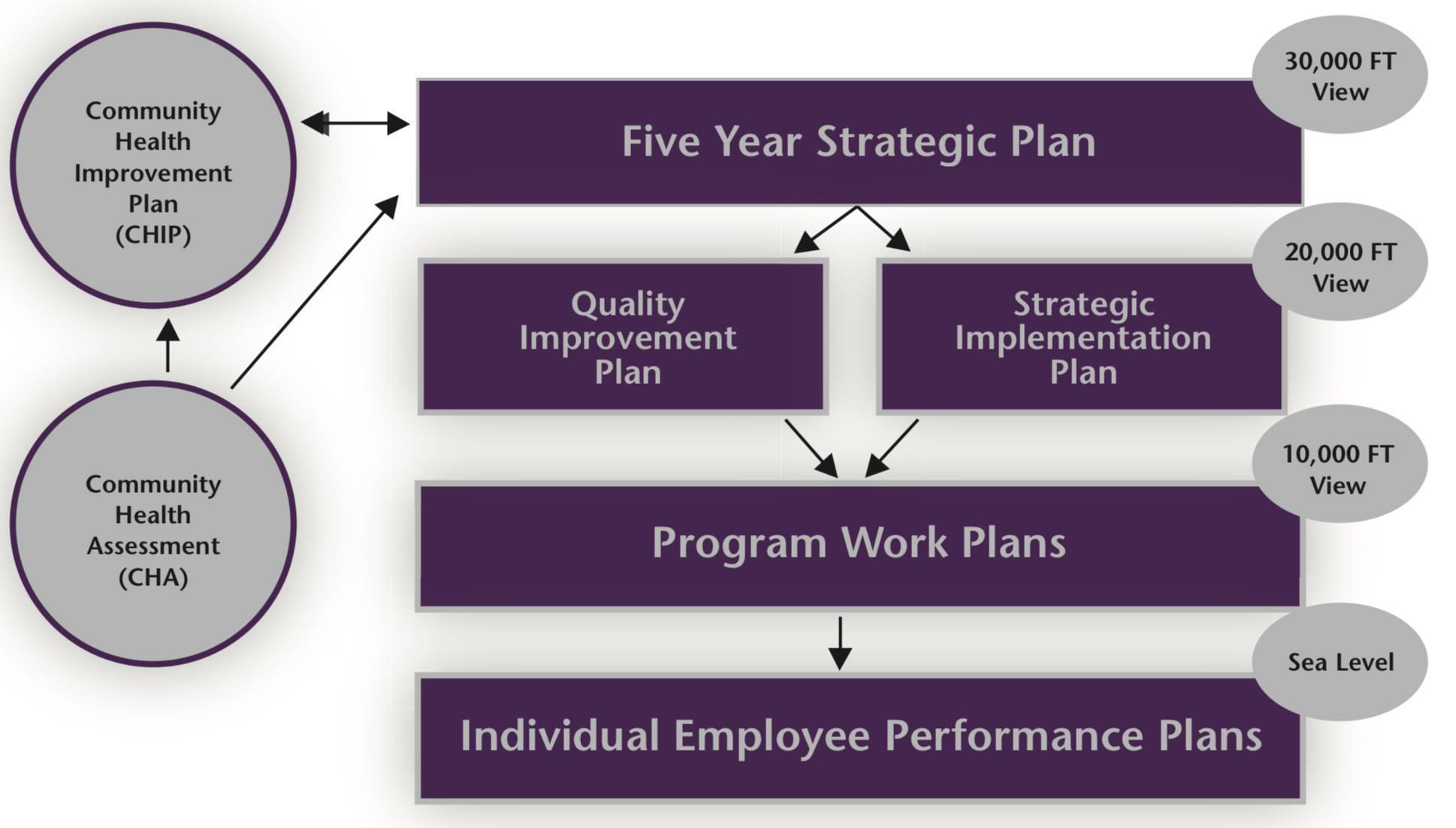
COADPH is poised to achieve each element of the strategic process by implementing the concepts described above. Integrating the assessment, community improvement plan, strategic plan and assignments of tasks for individuals culminates into a more comprehensive, thorough public health agency able to respond to opportunities and challenges, and to achieve the desired vision: equitable health for all.
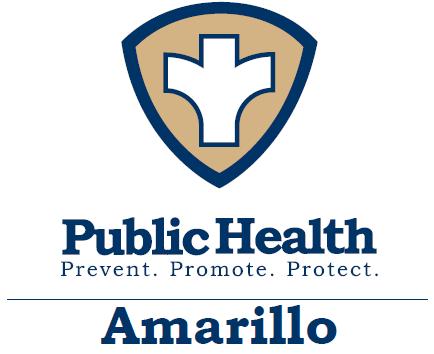
January 10, 2019